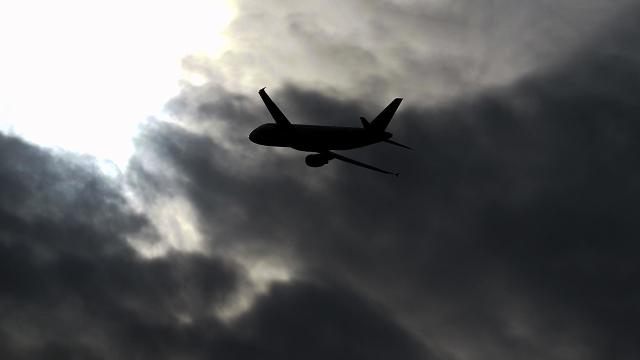Two experimental zones should appear in May
Russia will start testing joint flights of planes and drones. In Tomsk and in the Tver Region, two experimental territories should appear in May, where different types of aircraft will be able to move. They will be bred in the space of a special system. As the developers of the project told Izvestia, it will automatically allocate air space for drones, build a route, observe safe intervals and prevent conflicts in the air. Now such joint flights are prohibited.
In a single space
It is expected that in May, in the experimental area "Taiga" in Tomsk and at the Orlovka airfield in the Tver region, experimental zones will appear, where different types of aircraft (from light drones to passenger aircraft) will be able to move in a single airspace. This was told to Izvestia by the developers of the RUTM1 project, which is implemented by JSC "Aeronautical Satellite Technologies and Developments in Aviation" (ASTRA).
The use of individual elements of the RUTM1 system will make it possible to automatically plan and allocate airspace for drones, build a route, observe safe intervals and prevent conflicts in the air, Mikhail Lipatov, the head of the RUTM1 project, explained to Izvestia. Up to 10 drone manufacturing companies from the AeroNet and AeroNext communities of the National Technology Initiative (NTI) will take part in the tests. As a result of the tests, ASTRA is going to clarify whether the system being created works correctly with the users it is aimed at. It is planned to fully complete its development by November-December of this year, and then transfer it to testing.
Alexander Atamanov, a member of the Aeronet NTI working group and the head of the Hoversurf project, told Izvestia that the company will participate in tests for joint flights of manned and unmanned vessels. The drone taxi developed by the company must pass the appropriate tests.
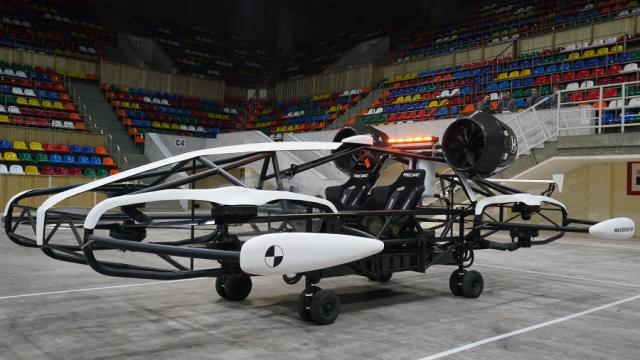
Prototype of a taxi drone
Image source: Photo: IZVESTIA/Dmitry Korotaev
The developer of hybrid UAS "Shooting from the air" also plans to take part in the tests of RUTM1, says its general director and head of the portal "Russian drones" Vyacheslav Barbasov. For joint flights of unmanned aircraft (UAV) and manned aircraft (PVA), it is necessary that the Federal Air Transport Agency and the State Air Traffic Management Corporation launch the RUTM1 service for end users as soon as possible, he believes.
The press service of the state corporation refrained from commenting. The Federal Air Transport Agency did not respond to the request of Izvestia. The Ministry of Transport is aware of the RUTM1 project, but for detailed comments in the press service of the department recommended to contact the developer.
General Director of HIVE (manufacturer of autonomous dronoports — robotic stations based on drones, part of the Gaskar Group) Nikolai Ryashin is considering taking part in the tests. The organization is ready to test its solution with different operating companies for the development of autonomous flight infrastructure.
The press service of the airline Smartavia told Izvestia that they do not plan to participate in the tests. Aeroflot, S7 and Ural Airlines did not respond to Izvestia's requests.
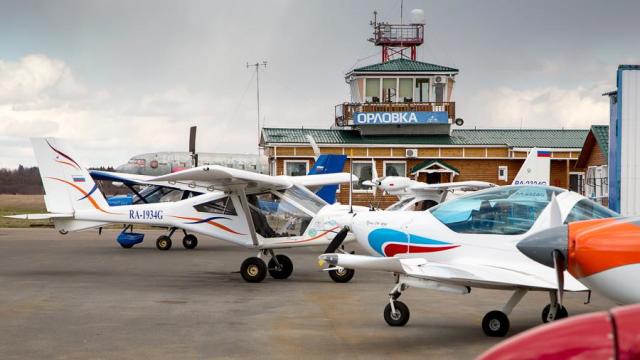
Orlovka airfield
Image source: Photo: LiveJournal/janunova. livejournal. com
The press service of the NTI Platform added that the launch of the experimental zones in May is the most optimistic period. Procedurally, there are risks of not having time to prepare the necessary documents even "in full green light", so it is possible that the zones may start a little later.
Needs to be regulated
At the end of December 2020, ASTRA demonstrated a mock-up of the RUTM1 system, which allowed AeroNext developers and the technology community to analyze the correctness of the approach to organizing traffic in non-segregated airspace. The RUTM1 system is committed to the seamless integration of all types of aviation in the common airspace based on proven organizational and technical solutions, Mikhail Lipatov said.
According to him, the revised operational concept and technical specification for the RUTM1 system have already been harmonized with the provisions of the "Concept of Integration of unmanned aircraft into the unified Airspace of the Russian Federation". The latter is currently being finalized taking into account the comments, the press service of the Ministry of Transport told Izvestia.
According to the technical director and chief designer of Ptero, Amir Valiev, the technical standard defining the technology of automatic dependent surveillance-broadcasting, which is an international aviation standard used for surveillance in civil aviation, has not yet been legally adopted. - "Izvestia"). Without it, joint flights are impossible.
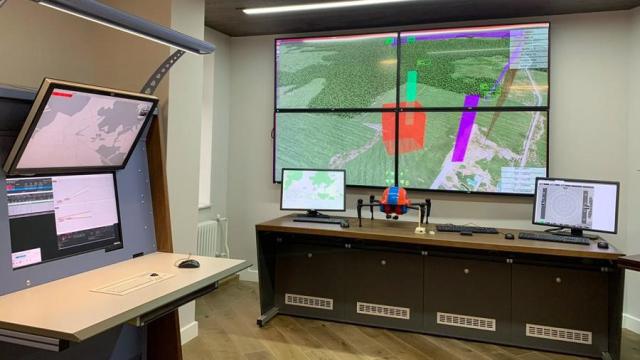
RUTM1 Project
Image source: Photo: Association "EURONEXT"/aeronext.aero
All work with the use of UAVS is currently carried out only in segregated airspace, says Gleb Babintsev, General Director of the Aeronet Association. Companies get permission to fly at a specific time and in a strictly defined place in five days. In addition, the isolation of the airspace for drones blocks all other manned aircraft that are active at the same low altitudes. Therefore, the issue of safe mutual coexistence of different types of aircraft is critical for both market development and flight safety.
Companies operating unmanned aircraft can not yet quickly officially integrate into the airspace, says Nikolai Ryashin. A ready-made solution that can perform its tasks today takes from three days to a month to settle formalities and obtain permits. During this time, you can make a lot of flights, conduct testing and refine the product. When the market and demand for innovation grow, such delays hinder the development of companies and solutions, he complained.
Maxim Chizhov, General Director of Aeromax, draws attention to the procedure for certification of MENA services. According to him, in order to improve the certification system, it is necessary to speed up the adoption of a separate regulatory act regulating the procedure for obtaining permits and certificates by legal entities and individuals.
— Certification requirements of the operator is installed similar to those that apply to manned aircraft (flight composition, presence of contractual relations with the airports and warehouses, to ensure the safety of the pilot, the requirements to the cabin, etc.), which today corresponds to the specifics of BVS and the result prevents the development of these services, — said Maxim Chizhov.
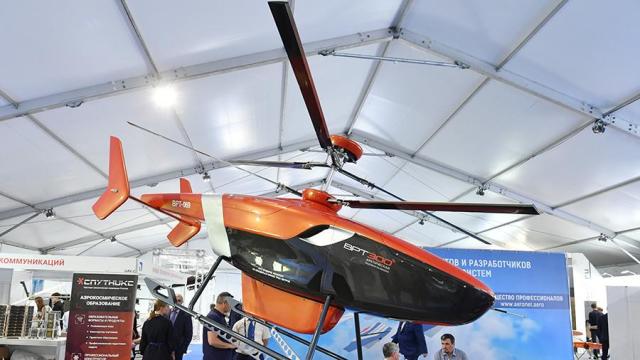
Russian VRT300 unmanned aerial vehicle
Image source: Photo: RIA Novosti/Mikhail Voskresensky
It is also necessary to resolve the issue of regulating the requirements and procedures for certification of unmanned aircraft with a take-off weight of more than 30 kg, he continued. For the full use of such UAVs, it is necessary to develop and approve the certification basis, including the airworthiness standards, as well as the creation and adoption of regulatory legal acts regulating all stages of admission to flights.
Anna Ustinova
